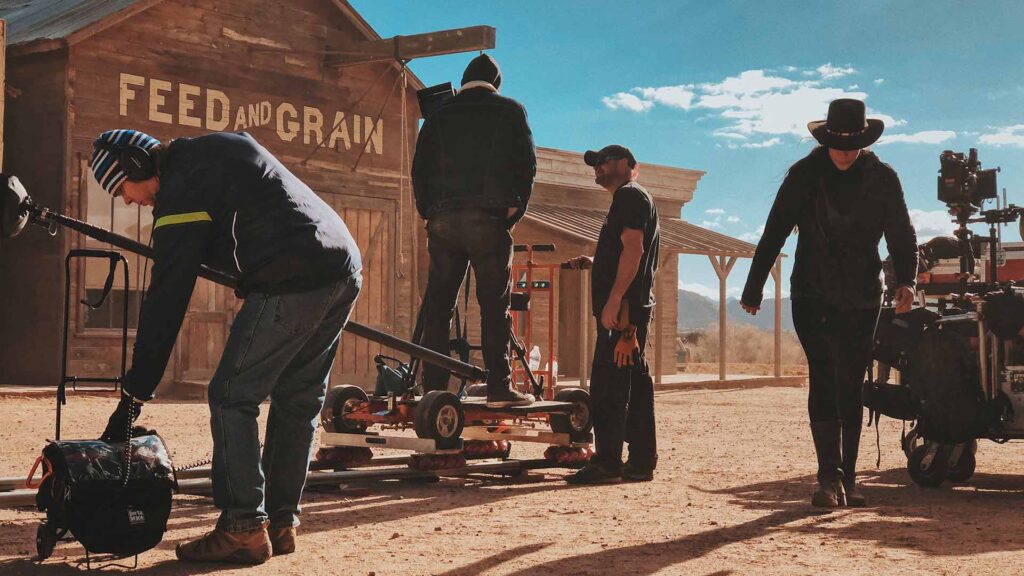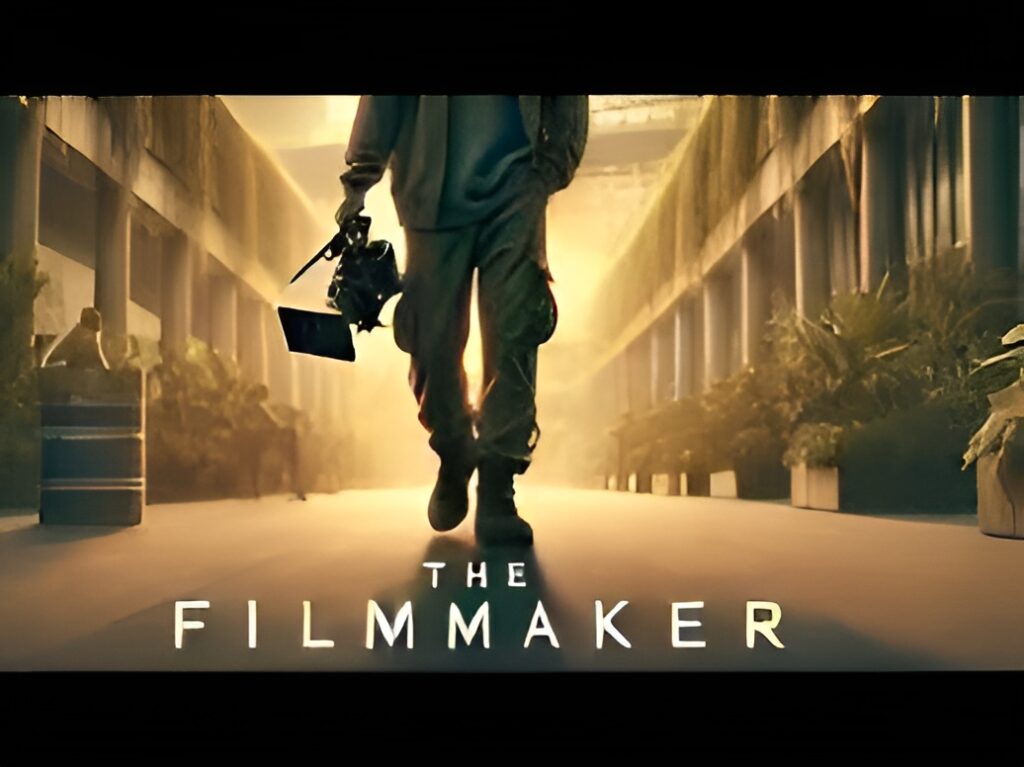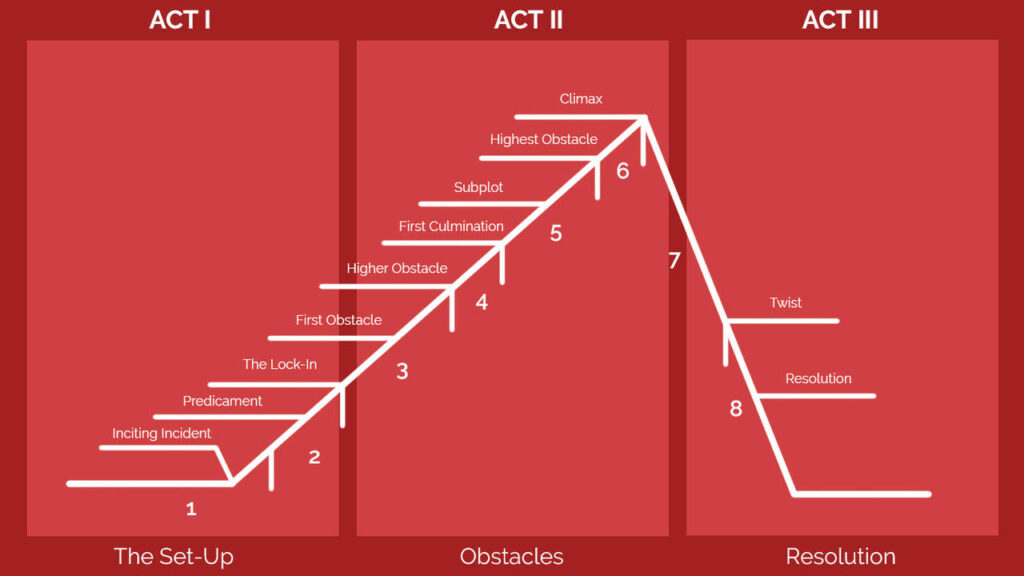
24 Key Crafts in Moviemaking: A Comprehensive Guide
Moviemaking is a complex art form that requires the collaboration of various crafts and skills. From the initial stages of conceptualization to the final touches in post-production, each craft plays a vital role in bringing a film to life. This article explores 24 key crafts involved in moviemaking, detailing their importance and contribution to the final product.
1. Screenwriting
Screenwriting is the foundation of any film. It involves crafting the script, which includes the dialogue, characters, and plot. A well-written screenplay serves as the blueprint for the entire production. Screenwriters must understand storytelling, character development, and the dynamics of film structure. They often work closely with directors to ensure that the story aligns with the film’s vision.
2. Directing
The director is the creative leader of the film. They interpret the script, make crucial creative decisions, and guide the cast and crew to realize their vision. Directors work closely with every department, from cinematography to sound design, to ensure that all elements come together cohesively. A director’s vision and leadership are pivotal in shaping the film’s style, tone, and narrative flow.
3. Producing
Producers are responsible for the overall production of the film. They manage the budget, hire key staff, and oversee the production schedule. Producers work closely with directors to ensure that the project stays on track, both creatively and financially. They are also involved in securing funding, distribution deals, and marketing strategies for the film.
4. Casting
Casting directors are responsible for selecting the right actors to bring the characters to life. They work with directors and producers to understand the character requirements and audition actors for the roles. A great casting director understands the nuances of each character and finds actors who can embody those qualities, often making or breaking the authenticity of the film.
5. Cinematography
Cinematography is the art of capturing the visual essence of the film. Cinematographers, or directors of photography (DPs), are responsible for selecting the camera, lenses, and lighting equipment. They work closely with the director to establish the visual style of the film, deciding on camera angles, movements, and lighting techniques to enhance the story’s mood and emotion.
6. Production Design
Production designers are responsible for the overall visual look of the film’s sets, locations, and props. They collaborate with the director and cinematographer to create a cohesive visual style that complements the story. Production designers oversee the art department, which includes set designers, decorators, and prop masters, ensuring that every visual detail supports the narrative.
7. Art Direction
Art directors work under the production designer and are responsible for executing the visual design of the sets and locations. They manage the art department, including set construction, painting, and decoration. Art directors ensure that the sets are built according to the production designer’s vision and are consistent with the film’s aesthetic.
8. Set Decoration
Set decorators are in charge of furnishing and decorating the film’s sets. They select and place all the elements that appear in the scene, such as furniture, drapery, artwork, and other props. Set decorators work closely with the production designer and art director to create a believable and visually appealing environment that enhances the film’s story.
9. Costume Design
Costume designers are responsible for creating the wardrobe for the characters. They research and design costumes that reflect the time period, setting, and personality of each character. Costume designers work closely with the director and production designer to ensure that the costumes align with the film’s overall visual style and narrative.
10. Makeup and Hair Styling
Makeup artists and hairstylists are responsible for the appearance of the actors. They create the makeup looks and hairstyles that define each character, from natural looks to elaborate special effects makeup. They work closely with the costume designer and director to ensure that the actors’ appearance aligns with the character and the film’s visual style.
11. Special Effects Makeup
Special effects makeup artists specialize in creating realistic injuries, aging effects, prosthetics, and other complex makeup effects. They use techniques such as molding, sculpting, and painting to transform actors into creatures, monsters, or aged versions of themselves. Special effects makeup is crucial in genres like horror, fantasy, and science fiction.
12. Stunt Coordination
Stunt coordinators are responsible for designing and supervising all the physical stunts in a film. They ensure that all stunts are performed safely and effectively, working closely with the director, actors, and stunt performers. Stunt coordinators must have a deep understanding of physical performance, safety protocols, and the technical aspects of filming action scenes.
13. Visual Effects (VFX)
Visual effects artists create computer-generated imagery (CGI) that enhances or replaces elements of live-action footage. VFX can include anything from adding digital backgrounds to creating entirely animated characters. VFX artists work closely with the director and cinematographer to ensure that the digital elements blend seamlessly with the live-action footage.
14. Special Effects (Practical)
Special effects artists handle practical, on-set effects that are created during filming rather than in post-production. This includes pyrotechnics, animatronics, and weather effects like rain or snow. Special effects artists work closely with the production team to ensure that these effects are safe and effective, adding a tactile realism to the film.
15. Sound Design
Sound designers are responsible for creating the audio landscape of the film. They record, edit, and mix sound effects, dialogue, and ambient noises to enhance the storytelling. Sound designers work closely with the director to ensure that the audio complements the visual elements and adds depth to the narrative.
16. Foley Art
Foley artists create and record sound effects that are added to the film in post-production. These sounds, such as footsteps, door creaks, or fabric rustling, are created in sync with the visual action on screen. Foley artists use various props and materials to produce realistic sounds that enhance the film’s audio experience.
17. Music Composition
Composers create the original score for the film, which includes all the musical elements that accompany the visual narrative. They work closely with the director to understand the emotional tone and pacing of the film. A well-crafted score enhances the story, evokes emotions, and adds a layer of depth to the viewing experience.
18. Editing
Editors are responsible for assembling the film from raw footage. They select the best takes, cut scenes, and arrange them in a way that tells the story effectively. Editors work closely with the director to ensure that the film’s pacing, structure, and narrative flow align with the director’s vision.
19. Color Grading
Colorists are responsible for enhancing and correcting the color of the film during post-production. They adjust the color balance, contrast, and saturation to achieve a specific visual style and mood. Color grading can significantly impact the film’s overall look and feel, making it an essential part of the post-production process.
20. Sound Mixing
Sound mixers balance all the audio elements of the film, including dialogue, sound effects, and music, to create a cohesive audio experience. They adjust the levels, frequencies, and dynamics to ensure that the audio complements the visual elements and enhances the storytelling. Sound mixers work closely with the director and sound designer to achieve the desired audio balance.
21. Production Management
Production managers are responsible for the logistical aspects of the film production. They manage the budget, schedule, and resources, ensuring that the production runs smoothly and efficiently. Production managers work closely with the producer, director, and other departments to coordinate all aspects of the film’s production.
22. Location Scouting
Location scouts are responsible for finding and securing locations for filming. They work with the director and production designer to identify locations that match the script’s requirements and the film’s visual style. Location scouts must consider factors such as accessibility, lighting, and noise levels when selecting locations.
23. Gaffer and Lighting Team
The gaffer is the head of the lighting department and is responsible for designing and setting up the lighting for each scene. The lighting team works closely with the cinematographer to achieve the desired look and mood for the film. Proper lighting is essential for creating depth, texture, and atmosphere in a film.
24. Grip Department
Grips are responsible for setting up and maintaining all the equipment that supports the camera and lighting, such as dollies, cranes, and rigging. They work closely with the cinematographer and gaffer to ensure that all the equipment is set up safely and effectively. Grips play a crucial role in achieving the visual style and technical execution of the film.
Conclusion
Each craft in moviemaking plays a unique and vital role in bringing a film to life. From the initial stages of writing and directing to the final touches in post-production, these crafts collaborate to create a cohesive and compelling cinematic experience. Understanding the intricacies of these crafts not only highlights the complexity of filmmaking but also underscores the importance of each role in the collaborative process. As technology continues to evolve, these crafts will adapt and innovate, ensuring that the art of moviemaking continues to thrive and captivate audiences worldwide.




